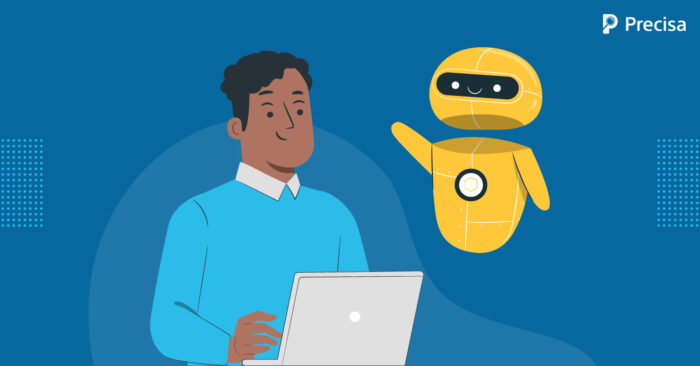How AI and Automation Are Changing the Digital Lending Industry

Data and AI Lead at Microsoft, Canada, Ozge Yeloglu, famously said: “Big data may be cheap to collect, but it’s expensive if you don’t know what you want to get out of it.”
The financial or digital lending industry is arguably one of the biggest consumers and creators of this big data—bank statements, PAN, financial history, personal info, email, you name it, and the lending industry has got it. Data or big data is the Holy Grail of the digital lending industry.
Unfortunately, when it comes to utilising this enormous pool of data, lenders often retrospect on the lines of Yeloglu’s comment. Are they (lenders) on the right track to analysing the data? Do they have the right tools to extract value from the data? Most importantly: do they know what to derive from the data they possess?
Perhaps one answer to these questions is not possible. But on a birds-eye-view, AI and automation seem to have the answers and are already changing the narrative.
These sophisticated technologies, unreal just a decade ago, are disrupting data analytics for lenders and helping them scale. Continue reading to see how Artificial Intelligence (AI) and automation are changing the lending industry.
Impact of AI and Automation on Lending
Here are just some of the ways how AI and automation could impact lending in the future:
1. Robust customer support
Virtual AI assistants may take over from human customer support executives. One of the main complaints consumers have with companies (and lending companies) is that their customer support is not helpful or too slow.
Building an excellent human customer support team is time-consuming and expensive. And it would surprise no one if lending companies tried to automate this process.
We are already seeing this process take place. For example, several companies have already automated the first step toward contacting a human customer support executive.
You will need to provide the AI system with a few answers before they connect you with a human executive. This usually takes the form of a multiple-choice question in which you have to click the correct choice.
This seemingly small automation frees up a lot of time for human executives. In this way, businesses already know who you are and the problem before speaking with you. Hence, they can solve your issue for you right away.
Even if the customer support team is not entirely automated and replaced, there is a high possibility that a large part of it will be. For example, in the lending industry, AI or bots can be trained to screen calls and direct them to the right human executive, depending on what the issue is.
2. Enhanced marketing
Effective marketing requires a lot of data. And analysing this data requires a lot of skilled workforces. So, AI will likely drive a large part of the marketing by lending companies.
AI tools can analyse large datasets much faster and more accurately than humans. This can become a cost-effective way for lending companies to increase their reach, touch more potential customers, and drive conversions.
In areas such as content marketing, AI-powered tools are already being used to quicken the content creation process and double-check content once it has been created.
A lot of start-ups are focusing on building AI-powered tools that can help with marketing. These start-ups are known as Martech start-ups, similar to Fintech and Edutech.
The potential of AI in the marketing space is colossal. Lending companies spend a large part of their revenue on marketing and reaching as many customers as possible. With substantial marketing budgets comes the need to show something for it. And AI could prove its worth in the field.
Of course, to see the practical benefits, skilled marketing professionals must use these AI tools rather than acting independently.
3. Better decision-making
As mentioned earlier, AI tools can analyse large volumes of data, such as the data used by lending companies to make lending decisions. Every lending decision that a lending company takes is backed by data such as:
- the borrower’s credit history
- the borrower’s financial statements
- the borrower’s income level
- quality of the security provided, and so on
It takes a lot of time for human executives to gather all this data and then analyse it to make a lending decision. There are also several guidelines to be followed when making a lending decision.
However, by using AI and automation, lending companies can save their executive’s time and make more decisions per minute. The accuracy of the decisions may also increase when it is backed by an entirely data-driven approach without human biases.
The final call on whether to lend or not will be placed on a human. This is because machines cannot be held accountable for their choices. However, AI can make the process much faster and easier.
The Way Forward
It may be fair to say that developments in AI are just getting started. However, companies like Google and OpenAI are making fresh strides in the field every day. Just like information technology revolutionised the world, AI has the same potential.
Of course, AI and automation do not mean that they will replace human jobs. On the contrary, it is predicted by most studies that the development will create more jobs instead.
The lending industry is just one of the industries that could be disrupted, and it will come out stronger and better on the other side.
If you want to know how Banking-as-a-Service can disrupt lending, check out our article here. If you represent a lender, check out Precisa’s cost-effective tool to help you analyse bank statements and make informed lending decisions.
We hope you have found this article helpful and insightful.




